If that is your birthday, you are also of the [in]famous Millennial generation, which spans from 1981 to 1996. Popular culture loves to poke fun at Millennials. They have famously ruined industries like cable and wine, products like yogurt and fabric softener, institutions like higher education, marriage and religion, long-held American dreams like homeownership, and the economy at large. All of this in the endless pursuit of best avocado toast and lattes. These rebukes are sometimes sarcastic but often genuine, and almost always from older age cohorts.
With a birthday in January 1981, technically I am a Millennial. However, most people think of Millennials as thirty-somethings, and there is an even smaller subset born in 1990-1991, who would be about 32-33-years-old right now. Known as Peak Millennials, these individuals have disproportionately experienced, and because of their size, contributed economic hardships. This has occurred for two reasons. First, they represent a significant spike in the population, now comprising the largest age group in the United States, and like releasing a bend in a hose, their full force is now upon us. Second, global crises (e.g., The Great Recession, COVID-19) have coincided with their major life events more than other cohorts. Taken together, Peak Millennials have fundamentally altered societal norms and expectations. Life stages that were supposed to be lock-step (e.g., go to college, get married, start a family) have shifted or changed altogether, leaving older generations scratching their heads and younger ones biting their nails. The existential problem currently tracking with Peak Millennials is climate change, and to me, this is where the inequity exists. Half of all human pollution has occurred since 1989, or right before this cohort was born. That means that the generation least responsible for causing the crisis will be the one both living through the worst of it and expected to fix it. The idea is not entirely new. In fact, Richard Nixon noted a similar environmental injustice in his 1970 State of the Union address: “young Americans […], more than we, will reap the grim consequences of our failure to act on programs which are needed now if we are to prevent disaster later.” The challenge is that while younger people tend to be more concerned about climate change, they are largely not in the positions of power to put that concern into action. This is true in business and policy. While the median American is 38-years-old, the average CEO is 59 while the average age in the U.S. House of Representatives is 58, the U.S. Senate is 64, and as is well-documented, both our current and next President will be 80-somethings. I am not suggesting that a Peak Millennial run for President (our Constitution does not allow it), and obviously experience is important—but so is youth. I’ve written about the Flynn Effect before, but essentially it shows that human intelligence steadily increases over time, meaning that each generation is more capable than the last. If the worst effects of climate change lie ahead, the answer is not to put an upper age limit on corporate and public offices; indeed we need wisdom at the decision-making table. In my opinion, we also need to support Millennials as they navigate an economically-skewed landscape. Things like student loan forgiveness and trade school incentives, a wealth or capital gains tax, and tax breaks for non-traditional family units are just a few ways to help level the playing field. The more young people not worried about next month’s rent, the more young people who could focus on mitigating climate change. The optimist in me thinks the fact that Greta Thunberg (age 21) and Joe Biden (age 81) are two of the biggest climate activists is a good thing. There is a clear benefit to diversity of thought, background, age, and expertise. Imagine a world of intergenerational cooperation where the experience and wisdom of older generations are complemented by the innovation and urgency of younger ones. This collaboration would prioritize sustainable policies to develop climate resilience, as well as invest in education to prepare subsequent generations to take up the mantle. There is an old proverb that says, “A society becomes great when old people plant trees in whose shade they shall never sit.” If you subscribe to that logic, our society is already great in many respects. However, it is also good to plant trees in whose shade you may someday sit. Peak Millennials face unprecedented challenges, but they also have the potential to plant a lot of hypothetical trees—if we give them a chance. By working together across generations and prioritizing long-term sustainability, we can create a future where both proverbs hold true.
0 Comments
The evidence is clear: students benefit from a diverse classroom. And it’s not just the underrepresented groups, the benefits accrue to the entire student body. Diversity builds confidence and creativity, enhances critical thinking and problem-solving abilities, strengthens leadership skills, and makes for happier, more motivated students. In addition, students in diverse classrooms are better prepared for the workforce because their college experience ‘better reflects the real world’. As an instructor of college seniors, my priority is to help students find that first full-time job post-graduation. Logically, it would follow that I want a diverse environment for my students. This includes age, gender, sexual orientation, culture, ability, religion, race, ethnicity, socioeconomic status, thought, perspectives, etc. However, given the Supreme Court rulings on affirmative action last year, much of the current debate is focused on race.
Faculty are not heavily involved in the admissions or recruitment process, and therefore, the composition of our student body is largely out of our control. And while we can encourage students to enroll in our courses, there are obvious limitations on our ability to diversify our classrooms. Teaching in the business school at both Alabama and Auburn, that means I have spent my career with mostly white students. Over the years, universities have addressed this through DEI trainings. Like many educators, I have implemented techniques to try and build awareness and create space for dialogue. In one training, the presenter simply recommended expanding the images we used in our visual presentations. This was years ago when, if you conducted a Google image search for “business meeting,” the top page of results was all white men shaking hands. The message was that by including people of color in the slideshow, the people of color in the classroom would feel included (Read more about the mere exposure effect). In a positive development, a similar search in 2024 returns a much different collage of images. Another activity I built into my curriculum is an open discussion on the first day of class about implicit biases. I ask if they unknowingly make judgments about me based on inherent characteristics (e.g., I have six siblings and was born way back in the 1900s) as well as characteristics I chose (e.g., I worked at the University of Alabama and am a rabid Star Wars fan…these get boos and laughs from my Auburn Tigers, respectively). Some students open up, others do not. But it always evolves into a meaningful discussion for at least some students. Under this new bill, that DEI training which equipped me with these techniques to engage students will no longer be allowed in the state. The bill will not prevent faculty from hosting DEI discussions—as long as they do not use state money. As a university employee, my classroom discussions are technically funded by the state. Is this a professional risk worth taking? Are DEI trainings perfect? No. Are DEI trainings uncomfortable? Yes—and that’s the point. I do not “teach” DEI. Rather, I invite students to get uncomfortable with me. As teachers, we constantly push our students out of their comfort zones to spark positive change. We urge them to engage in intentional learning opportunities because the classroom is the ideal environment for stretch mistakes. In my class, we role play job interviews because it is better to mess up with a fellow student than a potential employer. I would argue it is also beneficial to discuss diversity, equity, and inclusion in the classroom where the stakes are relatively low compared to the “real world.” That is one of the great advantages to higher education: experiential learning with real-time feedback from someone who genuinely wants you to succeed. This is how progress is made. So where does this leave university faculty and staff in the Yellowhammer state? Personally, I am reluctant to revisit my implicit biases discussion next semester, which is a shame. We know diversity is both beneficial to and desired by the companies where my students want to get jobs. So, in a classroom lacking racial diversity, my alterative was to talk about it—perhaps to even challenge my students to think about why it does not exist in our classroom. Now that is a conversation that is as uncomfortable as it is necessary. Make no mistake, I love my state. On two separate occasions, I have made the choice to move here and start a life with my family. I feel attached to—and proud of—both universities, and I even say y’all without trying. When you love something, you want to make it better, and if there is one state that should welcome classroom discussions of racial diversity and DEI initiatives, it is my Sweet Home Alabama.
While it seems like a foregone conclusion, the Democratic ticket is not set in stone. Even though some primaries have occurred, if Biden steps down, the party would make their nomination at National Convention. (Convincing Biden to step down is step one, but let’s allow the thought experiment). Given a recent poll revealing that an unnamed candidate would do better than Joe Biden against Donald Trump, it seems simple: nominate someone else. That is where the omission bias applies its cognitive pressure. In this case, inaction is nominating Biden. It’s the default. If he were to lose, there would be disappointment and head-shaking, but it will have been the logical, justifiable choice. Nominating someone else would constitute an action. It is pulling the lever, which means if that person loses, it will be seen as a completely preventable misstep.
When the dust settles on the 2024 Presidential election, everyone will look in the rearview mirror at the road that brought us there. If the Democrats lose with Biden, the rhetoric will be woulda, coulda, shoulda. “We woulda won if voting block XX turned out,” “We coulda done better if we campaigned more in XX counties,” “We shoulda directed more messaging toward XX issues.” If the Democrats lose with another candidate, the rhetoric will be about second-guessing. “Why did we rock the boat?” “If it wasn’t broke, why did we try to fix it?” These questions of why the party did something will be more salient than questions of why they did not. Essentially the party will be judged more harshly for making a wrong move than for making no move at all, and if the omission bias is working proactively in the minds of the Democratic strategists, nobody is going near that lever.
This is the advantage of pooling resources, or the benefit of the commons. Most people are familiar with the tragedy of the commons--when individuals expend a shared resource until it is depleted. The benefit of the commons is when individuals expand a shared resource until it is even more productive. Imagine you go out with 5 friends, and everyone agrees to split the bill. If someone order nachos ‘for the table’, and you eat half of the plate, you overutilized a common resource. If, on the other hand, you don’t like nachos, but agree to split the bill anyway, you increased the utility of that resource for the rest of the table.
This is common practice with pooled resources. For instance, we all pay federal taxes for social security even though not everyone may receive this benefit. We all pay for public education even though not everyone has children. We all pay for FEMA even though not everyone lives in disaster prone areas. The rationale is simple: we are all better off if the elderly are cared for, if children are educated, and if disasters are mitigated. We are a stronger society when we choose to invest in the collective good. So why does this argument lose steam when it comes to healthcare? Health insurance (including Medicare, Medicaid, CHIP, and the ACA) now comprises the biggest government spending sector, and in a recent “The Weeds” episode, Dylan Scott expertly lays out how we got here. However, 40% of Americans struggle to afford healthcare, and this number is disproportionately higher for Black and Hispanic adults. So, why do some welfare programs face an uphill battle while others do not? It could be semantics. Many dislike the term entitlement or welfare programs, but I would argue that all government spending from tax revenue is for the welfare of our country. Social security, public education, and disaster relief are obvious, but infrastructure, public transportation, medical research—even paying down the interest on our national debt—increases our collective welfare. Consider defense spending. These funds go toward protecting our country, supporting our service members, and providing international aid, among other things. But at the end of the day, it is about keeping 332,000,000 Americans safe. We do not balk at the national defense budget because it literally saves lives, and as Thomas More said: “For nothing in the world can be of equal value with a man’s life.” Shouldn’t we apply the same logic to healthcare? The discrepancy may be explained in part by Hofstede’s cultural dimensions. For instance, the US is highly individualistic compared to other countries, focusing on ourselves and immediate families rather than larger social networks. Or it could involve our bias toward masculine values (heroism, achievement) over feminine ones (caring, quality of life). Perhaps as we move into the feeling economy, an attitudinal shift toward empathy will bring about a cultural shift in perspective. To be clear: 1) much of our tax revenue already goes to healthcare, 2) a growing national debt is bad, and 3) fiscal responsibility is good. At the same time, the U.S. ranks 32nd out of 38 OECD countries on tax-to-GDP ratio, and we have the means to change this statistic. Still, my argument is philosophical not fiscal. If we agree on what we want our country to look like, we can work backwards to achieve those goals. Perhaps we believe that every American should be able to walk into a doctor’s office, clinic, or hospital and receive quality care. Perhaps we believe that this care should not depend on a person’s demographic profile, employment, socioeconomic or marriage status, accessibility to services, or ability to complete paperwork. If we prioritize those things, we can make it happen. We wanted the best military in the world, and we made it happen. We leveraged the benefit of the commons to ensure the well-being of our society because we made it non-negotiable. Our health deserves the same consideration.
Duncan Watts and Steve Strogatz modeled this phenomenon in their 1998 Nature article “Collective dynamics of ‘small-world’ networks.” As one of the 100 most cited papers of all time, it has been used to explain a range of phenomena, from the spread of infectious diseases to how we are all within Six Degrees of Kevin Bacon.
Essentially, the argument is that the world is connected. We are fewer handshakes from every person in the world than we think. Why does this matter from a climate justice standpoint? Because we tend to care more about people the closer they are to us. We are more likely to, for instance, support the GoFundMe of a friend than of a stranger. But closeness also works geographically. Peter Singer’s classic scenario posits you are wearing a brand-new pair of shoes and you see a child drowning in a lake. Most people do not hesitate to jump in and ruin the shoes to save the child, but almost nobody is willing to donate the same amount of money to save a child from malaria in some far-flung country. It even has a name: the identifiable victim effect. It is not a perfect metaphor, but it highlights the value we assign people based on their proximity to us. Our response to climate change is largely about people outside of our immediate network. Rising sea levels will not, for example, impact someone in Ohio as much as someone in Bangladesh, but are these two individuals really that far apart? Climate change is a small-world problem—you cannot put a dome around a country—and as a result, the Ohioan and Bangladeshi are connected through a shared experience; namely, a warmer, more hostile planet with extreme weather events. (Based on a recent study, the Washington Post claimed that “at least 85% of the global population has experienced weather events made worst by climate change”). This matters because shared experiences bring people together—you can relate much more to someone going in for a colonoscopy if you have also had one yourself. Shared experiences create interpersonal bonds, they make us feel more connected, they foster empathy. If we feel closer to one another, theoretically, we may care more about each other—even if they are on the other side of the planet. Nothing about climate change is fair, but we will never develop a cohesive global response if it is framed by guilt or nationalism, finger-pointing or tribalism, in-groups and out-groups, or a me-first mentality. We are citizens of one—albeit large—shared space, one global community. It recalls the bank run scene from It’s a Wonderful Life. At first, the whole town is out for themselves, jostling to get their money out of the bank before somebody beats them to it. Then George Bailey reminds them that their individual investments are interconnected, tied up in a neighbor’s property or a friend’s loan. Only then do they come together for the greater good. They remember that Bedford Falls is not a town of strangers, it is a community of people who care about each other. The climate crisis will not be solved by individuals switching to electric vehicles or recycling more plastic—in Ohio or Bangladesh. It is a socio-economic, geo-political problem that requires a transformation across public policy and business systems. But influential policymakers and businesspeople could take a page from George Bailey and connect the dots between seemingly disconnected people and places. We are more likely to help someone we know, and while the Ohioan may never actually meet the Bangladeshi in this example, they are closer than they think.
That complicated question has driven my research, but a simpler one drives my teaching: How can I help my students obtain meaningful jobs? While these goals seem disconnected, they converge around the idea of uncertainty. For a college student, is anything more uncertain than the future? Similarly, sustainable development requires us to consider the future of our species and our planet. The environmental and social problems facing us are complex, and business solutions will require creativity, ambition, and to be blunt, smart people.
Lucky for us, young people are all of those things. The Flynn effect describes how each new generation has a higher intelligence quotient than the one before. We attribute this phenomenon to a host of things, from better nutrition and access to schools to additional free time and even removing lead from gasoline. In short, the seniors I teach today are objectively smarter than my graduating class of 2003. (No offense, friends.) This is a good thing. As long as parents have walked uphill both ways in the snow, they wanted their children’s lives to be better than their own. Increased intelligence is one indication that it is happening. Combined with unprecedented access to information, analytical tools, processing power and technical innovations, no generation in human history would be better equipped to face the challenges of today than the young people of today. It is my assertion that businesses – more than policy-makers, governments, or activist groups –must lead the charge to a sustainable future. However, this requires an incentive structure that rewards actions in the best interest of the planet and its people – not just profit. We are not there yet, and it is incumbent upon this generation of intelligent and ethical businesspeople to develop strategies that reward making the world a better place. The future remains uncertain, but every time I step into the classroom, I am a little more hopeful. Read the Harbert Magazine here.
According to system justification theory, we all want to live in a fair and just society. Even if you experience personal discrimination, it is in your best interest to pretend it is not happening. For instance, it feels better to think that a customer is rude to you because they is having a bad day—not because you are [insert gender, race, etc., here]. If the rudeness is random (e.g., flat tire), we can justify their behavior. If it is targeted, we must admit the system is flawed. This holds even when we are not the target of discrimination. If you think a homeless person is homeless because they made bad choices or got ‘dealt a bad hand’, it is easier to look away. If you think the system—to which you belong—is in some way responsible, it is much harder. Essentially, we are motivated to believe the system we built is fair because it is emotionally taxing to see it otherwise.
Gun violence is baked into our American system. As such, it is emotionally convenient to shrug it off as a fact of life, as suggested by the Onion article on regular rotation since 2014. Applying system justification theory, we should be able to overcome this injustice by allowing ourselves to experience the negative emotions associated with it. But aren’t we already doing this? Each shooting is followed by videos of grieving family members, stories of the victims’ community involvement, candlelit vigils, pictures of friend groups forever minus-one, and poignant eulogies. I doubt anyone feels no guilt, sadness, anger, frustration, helplessness, or fear in the wake of these events. But if these events evoke negative emotions, why does society-at-large still justify them? Mass shooters do not discriminate. Schools, night clubs, grocery stores, shopping malls, no place—or people—are off limits. Perhaps it is this randomness that allows it to be rationalized. Like the rude customer, it is less emotionally burdensome to chalk it up to being in the wrong place at the wrong time than to feel particularly vulnerable or discriminated against. But I argue that, in this case, the randomness is discrimination. Discrimination is the treatment of a group of people based on membership to that group—rather than individual merit. As Americans, we are more likely to die from gun homicides than peer nation citizens. Indeed, ‘no other rich western country comes close’. Therefore, we are unfairly and unjustly subject to gun violence simply by living in this country, by belonging to the group of people called Americans. I acknowledge the leap in terminology. I also acknowledge that there is discrimination within gun violence. But by framing mass shootings as discriminatory against an entire nation, perhaps we can reach a critical mass to decide we can no longer justify this system.
The first set are typical responses to any potential threat to the right to bear arms—a protection guaranteed by the US Constitution. The second set consists of calls (past and present) for civil rights—also protected by the US Constitution. So, what’s the difference? I argue it comes down framing. The reason the pro-gun movement has been so successful is that the Second Amendment is positioned as a right to be conserved while other civil rights must be earned. Gun owners simply continue to keep their guns. Alternatively, women earned the right to vote, same sex couples earned the right to get married, Black Americans earned American citizenship.
These calls to action are framed differently because of how the Supreme Court interprets the Constitution. To understand the problem, let’s turn to social media. In January of this year, Asher Perlman Tweeted: There is no one I have less in common with than the me who wrote my Facebook statuses circa 2008. It’s a sentiment that hit home for lots of us, and I’ll admit to cringing when I read my Facebook memories. The obvious takeaway is that we have all changed over the past 14 years. Something that was funny or profound has not aged well. But it is also a reflection of how much our world has changed. Our culture, politics, fashion, etc., are not the same as they were in 2008, so a statement made then might literally not make sense now. Proclaiming “I’m Team Edward” might spark an intense debate in 2008 but get looks of confusion in 2022. Simply put, context matters, be it chronological or historical. If 2008 was a long time ago, what about 1789? Nobody argues the significance of the Constitution, but a lot has changed since it was written. It would be logical, then, to take those changes into consideration when interpreting it, right? The current Supreme Court disagrees. They interpret the Constitution based on the original understanding of the text at the time it was adopted. That is, they read the words as they were intended to be understood in 1789. No updates, no refresh button. Perhaps it is not surprising that a conservative court would adopt this ideology. To conserve something means to protect it from change or alteration, and the goal of originalism is to conserve the original meaning of the text. This interpretation is what gives gun advocates such a strong argument. Gun owners did not win the right to wield AR-15s, they conserved it—even though the AR-15 was an unthinkable technology in 1789. The originalist perspective allows judges to place it under the umbrella of “arms” in the Second Amendment. That way, it represents something you’ve always had but could be taken away—not something you must earn. Women, people of color, and the LGBTQ+ community, on the other hand, have not enjoyed such broad interpretation of the 14th Amendment. Ratified in 1868, somehow, they fell outside the umbrella of “all persons born or naturalized in the United States.” Therefore, when Black men (1870) and then women (1920) won the right to vote, and same sex couples won the right to get married (2015), it was messaged as something the courts awarded them. These groups had to ask for [and march for, and fight for, and die for] something that was, constitutionally, already theirs. But an originalist interpretation made it seem as if these civil rights were generously bestowed upon them. So, what is the best way to interpret a centuries-old document? A textualist “hear[s] the words as they would sound in the mind of a skilled, objectively reasonable user of words.” The key difference is it considers context, which seems reasonable. This view takes nothing away from the historical relevance of the document, (after all, your 2008 Facebook status was insightful, hilarious, or whatever you were going for at the time), it simply acknowledges that things have changed over the past 233 years. The argument is not that newer equals better, rather it offers alternative perspectives. If John Adams were alive today and needed major surgery, he’d probably elect to undergo anesthesia (invented in 1846). He might then post about it on Facebook (launched in 2004)—or not. Either way, he would merge his previously held beliefs about medicine and communication with newly available resources to make an informed decision in his personal best interest (I bet he would be a TikTok guy actually). In the same way, our courts should use every available resource when making decisions in society’s best interest. The upcoming Supreme Court term includes cases on gerrymandering, affirmative action, voting rights, and LGBTQ+ rights. The latter involves a web designer who does not want to create websites celebrating same sex marriages. Will the Court allow the business to discriminate against same sex couples, thereby conserving free speech of the web designer? Or will same sex couples have to earn the right to patronize a local business? Perhaps it’s time to flip the script, to take a page from the gun right advocates and frame LGBTQ+ rights as something to be conserved. After all, you should not have to earn civil rights.
The plan has three components, and two are designed to address the underlying problem of student loans in higher education (See the details here). The pushback, however, centers on the 10K or 20K of debt cancellation. This benefit will affect 43 million people, but the cost will be shared by taxpayers. Sort of a reverse tragedy of the commons. Is it fair? No. But public policy is not meant to be fair. The goal is equity—not equality.
The fact that some people get something and others do not is by design. This happens all the time. Remember when high-risk people received first access to the COVID vaccine? It wasn’t fair, it was equitable. An informed decision was made to help a particular set of people. Do ‘all lives matter’? Absolutely. But as we’ve realized, certain lives deserve special attention at certain times. Similarly, all loans matter (those you paid off, those you chose not to take, those you were unable to receive), but student loans warrant unique consideration in this moment. And that highlights perhaps the most important point: public policy is not a zero-sum game. Policymakers can make more, and citizens have a voice in that decision—through their vote. That is how democracy works (minus the filibuster). Elected officials make policies. Citizens decide if they like those policies, and if more than 50% do, that official [should] get elected again. If that number falls below 50%, that official gets voted out, and new officials make new policies. The cycle repeats so that the majority of a population is generally content with current policy. From U.S. Congress to student council president, the goal is the same: give the people what they want. Sixty-percent of Americans support some type of student loan forgiveness, so the argument that “He just did this to get more votes” or “He just did this to make people like him” is not an argument at all. Those were transparent intentions. The student loan dilemma is knotty—it can’t be solved without untangling a host of other institutional problems. This new plan has flaws, but it is a targeted effort to help people who need it. What’s more, the plan is designed to disproportionately help people of color and reduce the racial wealth gap. Do other people need help? Absolutely. Maybe the next policy can address blue collar worker incentives or commuters with auto loans. There is no policy quota. Each of the whatabouts deserve close inspection, budget scrutiny, public dialogue, and possibly public policy.
Paul Krugman defines a moral hazard as “any situation in which one person makes the decision about how much risk to take, while someone else bears the cost if things go badly.” At the federal level, the Supreme Court that overturned Roe was 6-3 male-to-female. (Kentanji Brown Jackson replaced Justice Breyer on June 30). District and circuit courts are roughly 1/3 female. The Presidents that appointed them were all men. The ratio of men to women in the US Senate (which confirms Justices) is 76-24. The House of Representatives is roughly the same (28% female). State legislatures--many of which have trigger laws and many more will most likely ban abortion—have been hovering between 15-30% female for decades. Taken together, mostly men are making the decision about how much risk to take while women bear the cost if things go badly. These costs may be economic, social, health-related, career-related, etc., but they are borne by women.
Another way to define moral hazard is “a lack of incentive to guard against risk where one is protected from its consequences.” Just a week after Dobbs, the Court ruled to rescind the EPA’s right to regulate emissions from power plants. Deregulating environmental policies at the Supreme Court level will exacerbate climate change in the US; however, wealth offers a general protection from the worst effects of climate change. The negative outcomes will fall mostly to poor Americans. But pollutants do not recognize national boundaries, so this decision will disproportionately impact poorer nations, leaving the Global North relatively insulated. Finally, while climate change is here, the heaviest burden will rest on the shoulders of future generations. Therefore, this decision represents a national, global, and temporal moral hazard as the buck is passed to vulnerable populations whose risk was decided for them. Unfortunately, given the power and trajectory of the Court, morally hazardous decisions may become easier to make. Research shows that knowing you will not personally incur the risk encourages you to take more risk. Our tolerance increases until putting others at risk becomes an acceptable outcome. The contractor may buy cheaper and cheaper materials, you may begin shopping in the discount meat aisle (OK, not really). Cases are coming to potentially reverse same-sex marriage, restrict rights of the LGBTQ+ community, and silence the voices of voters through gerrymandering. To my knowledge, the Court is made up of straight, cisgender people whose voices will always be heard, meaning each case represents a moral hazard. In a country of 330 million people, I understand the need for—and value of—impartial and thoughtful decision-makers. Judges are trained and appointed to literally decide outcomes for others. Further, the Supreme Court is not obligated to align with public opinion, and some of their brightest moments have come despite heavy opposition. However, whereas earlier contentious decisions acknowledged human rights—thereby reducing risk (e.g., Obergefell, Roe, Brown, Griswold, etc.)—these recent decisions do the opposite. They strip human rights and assign risk to specific people. Moral hazards are inevitable in our judicial system, but we should strive to minimize the risk we saddle on those who have no say in the matter. |
AuthorColin Gabler is a writer at heart. Archives
May 2024
Categories |

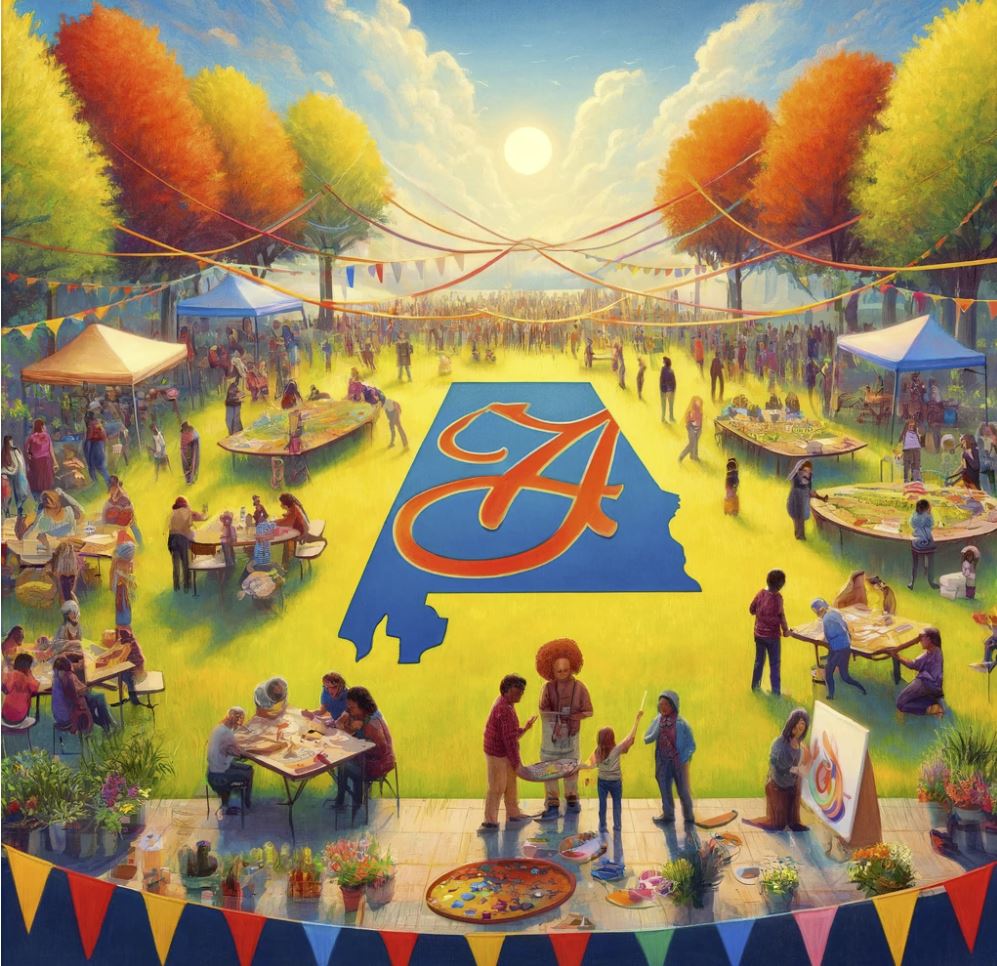
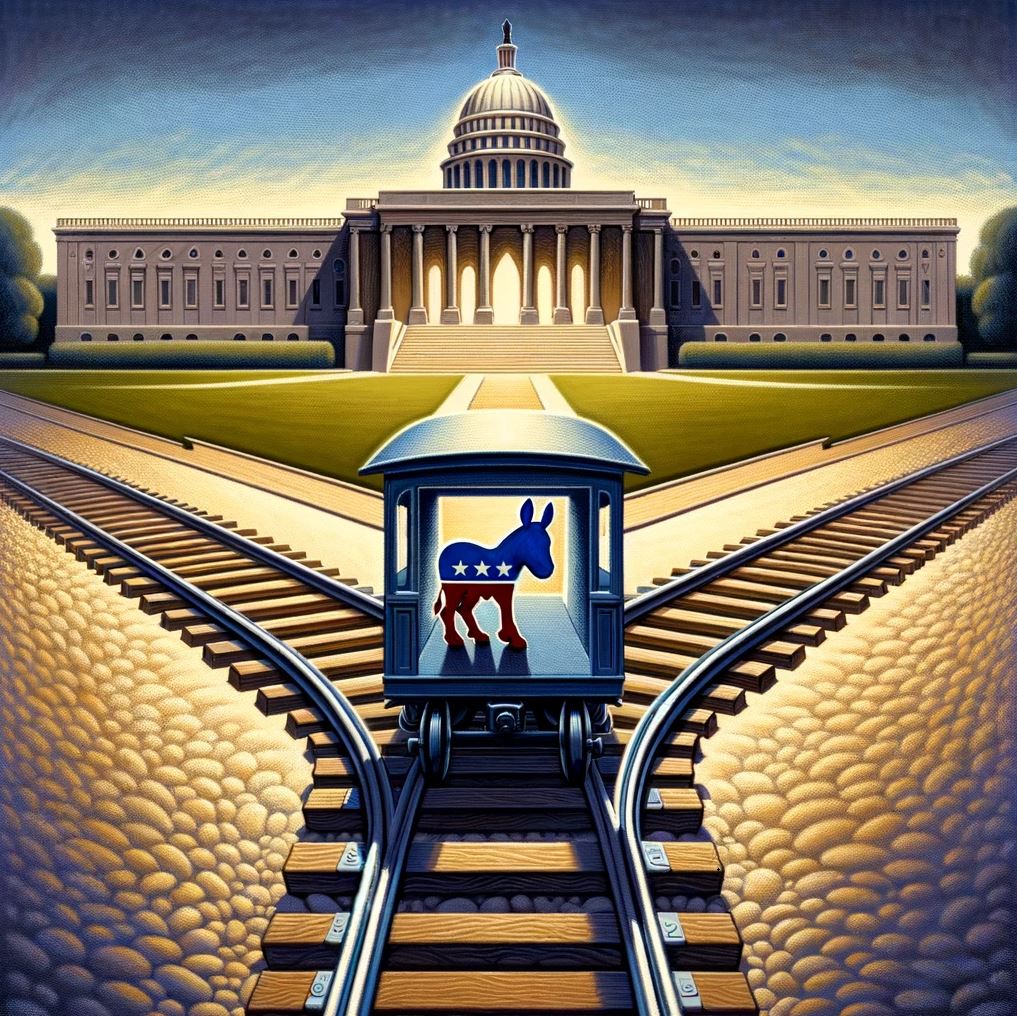

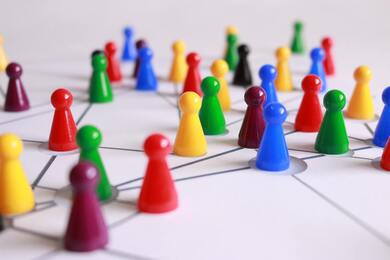
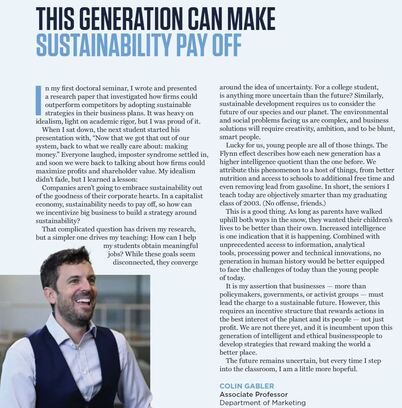
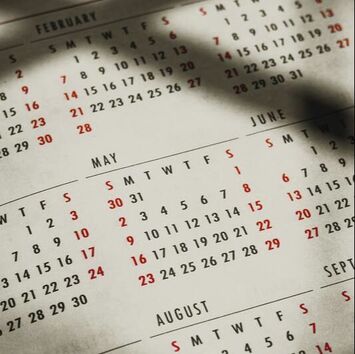
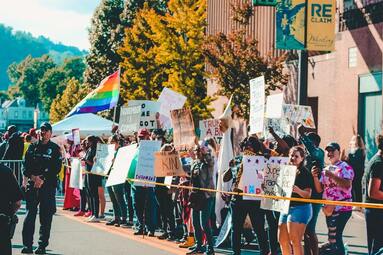
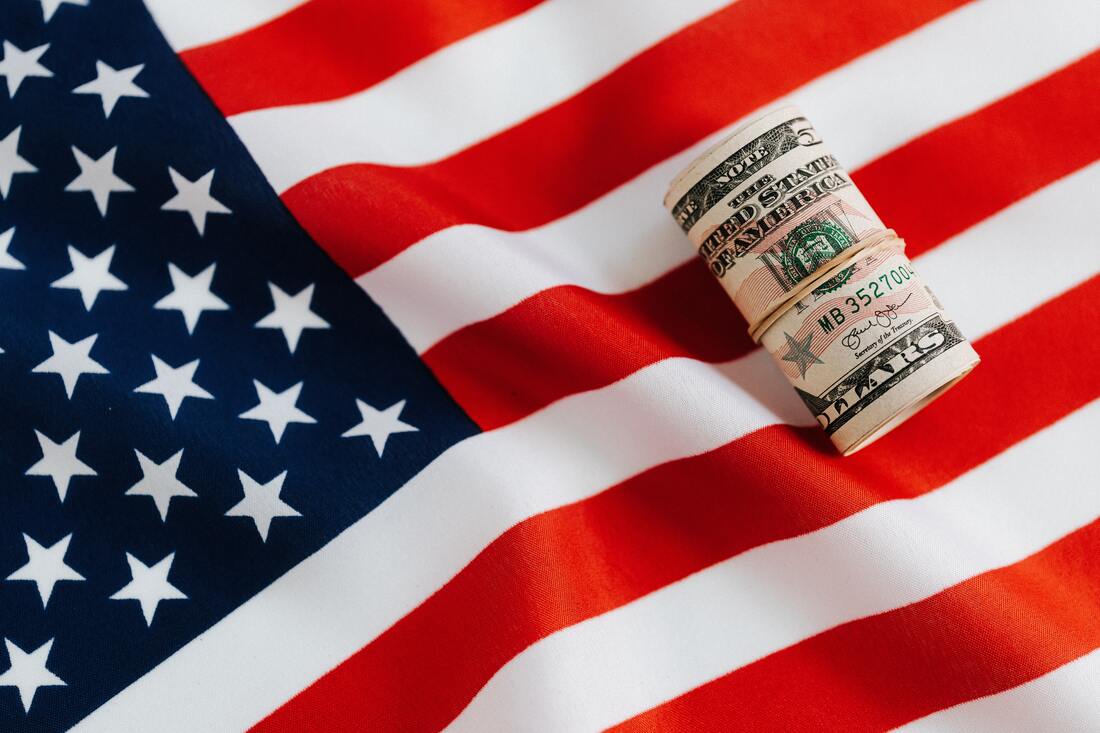

 RSS Feed
RSS Feed